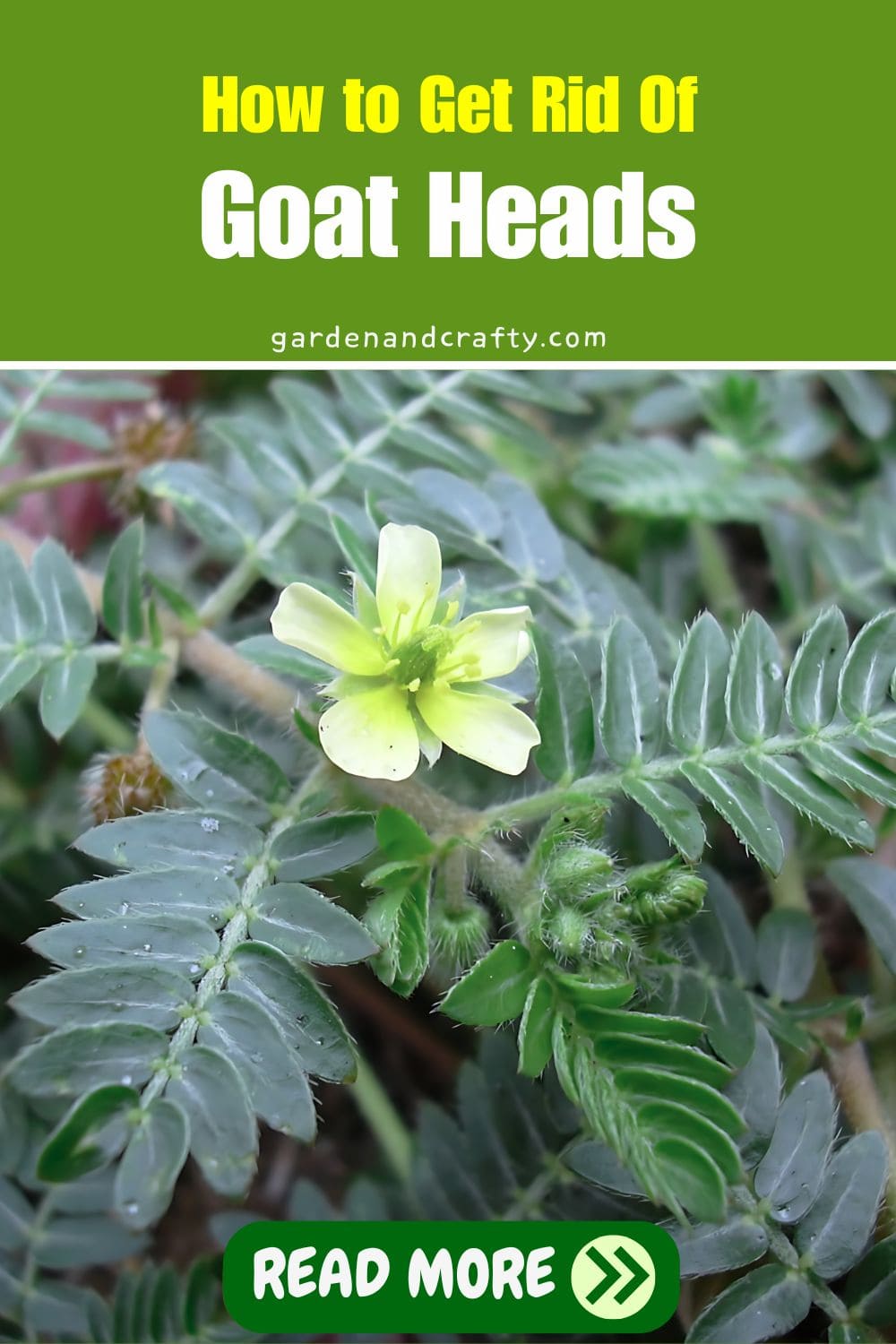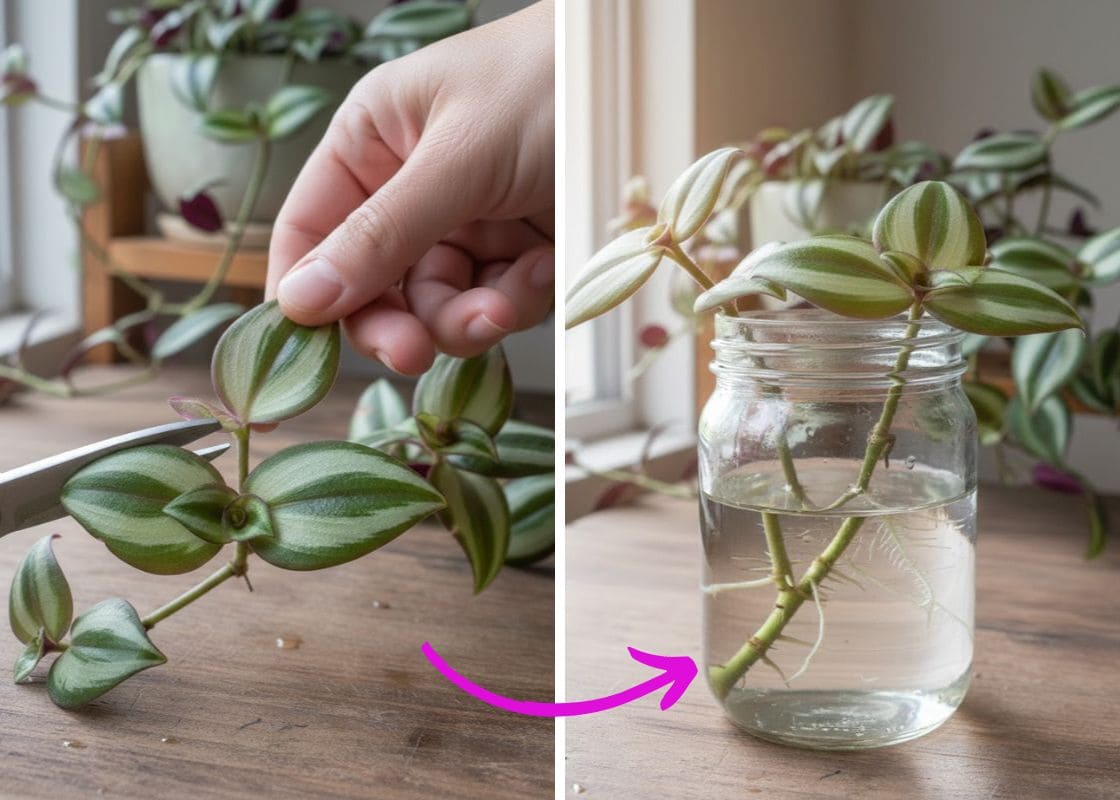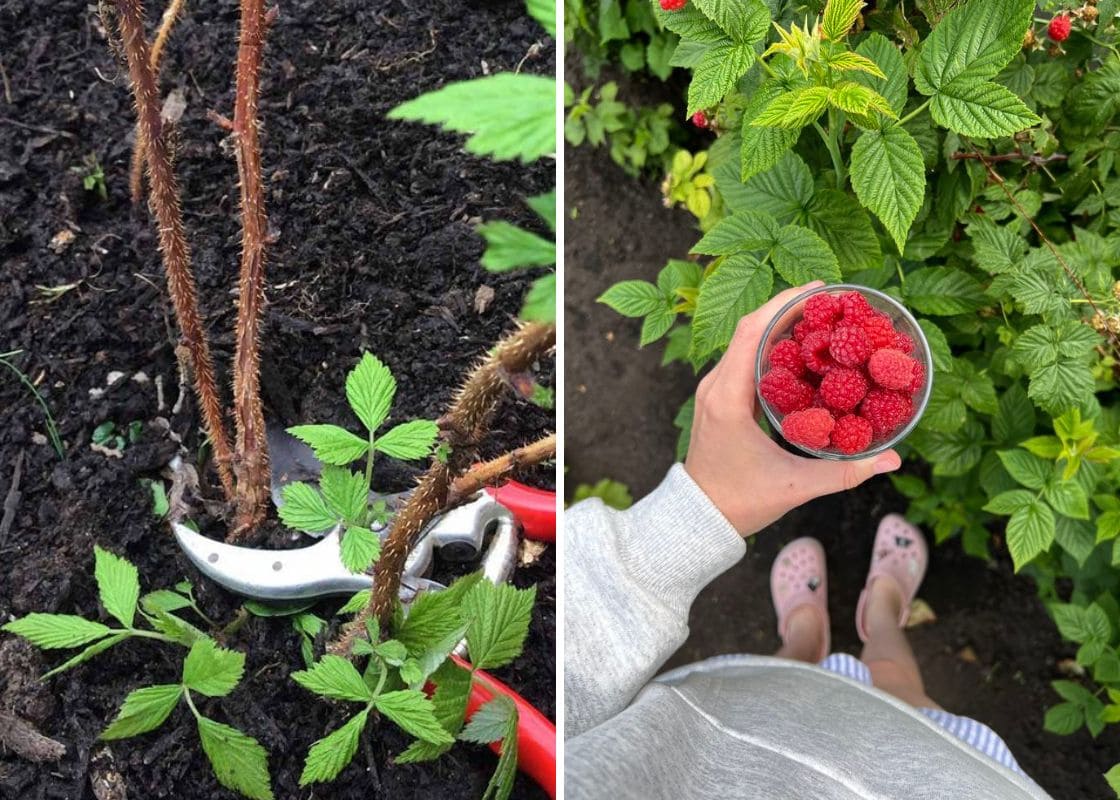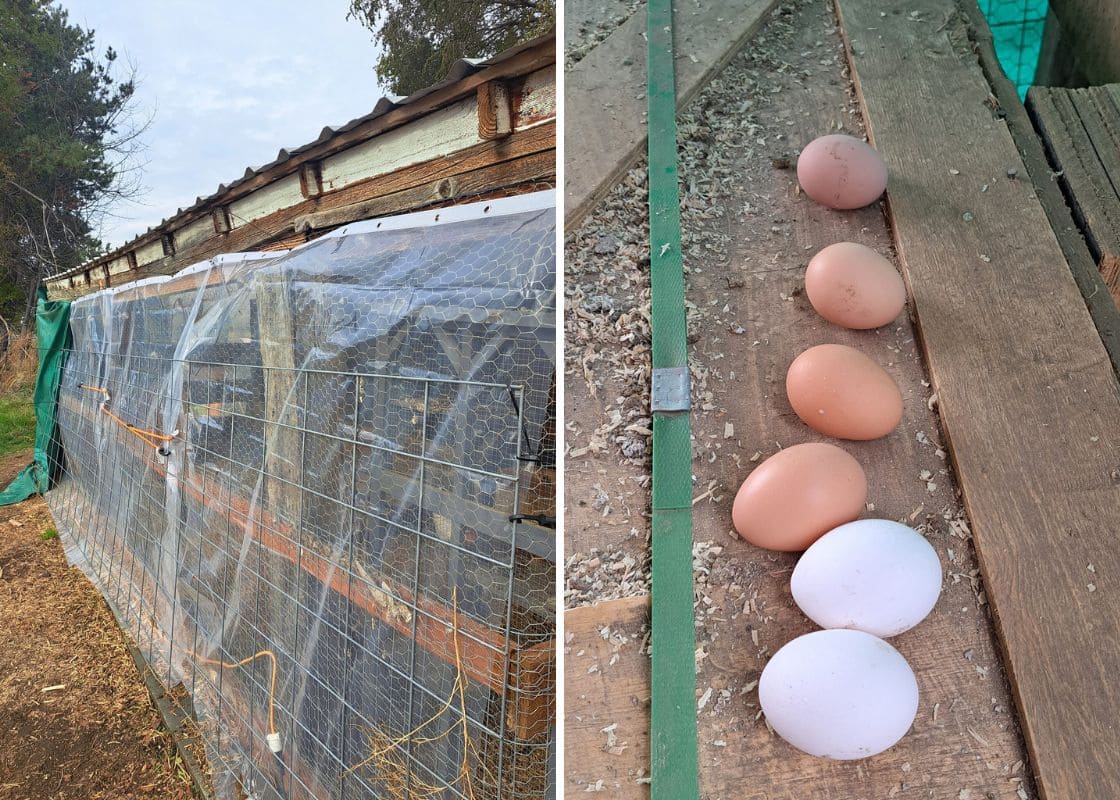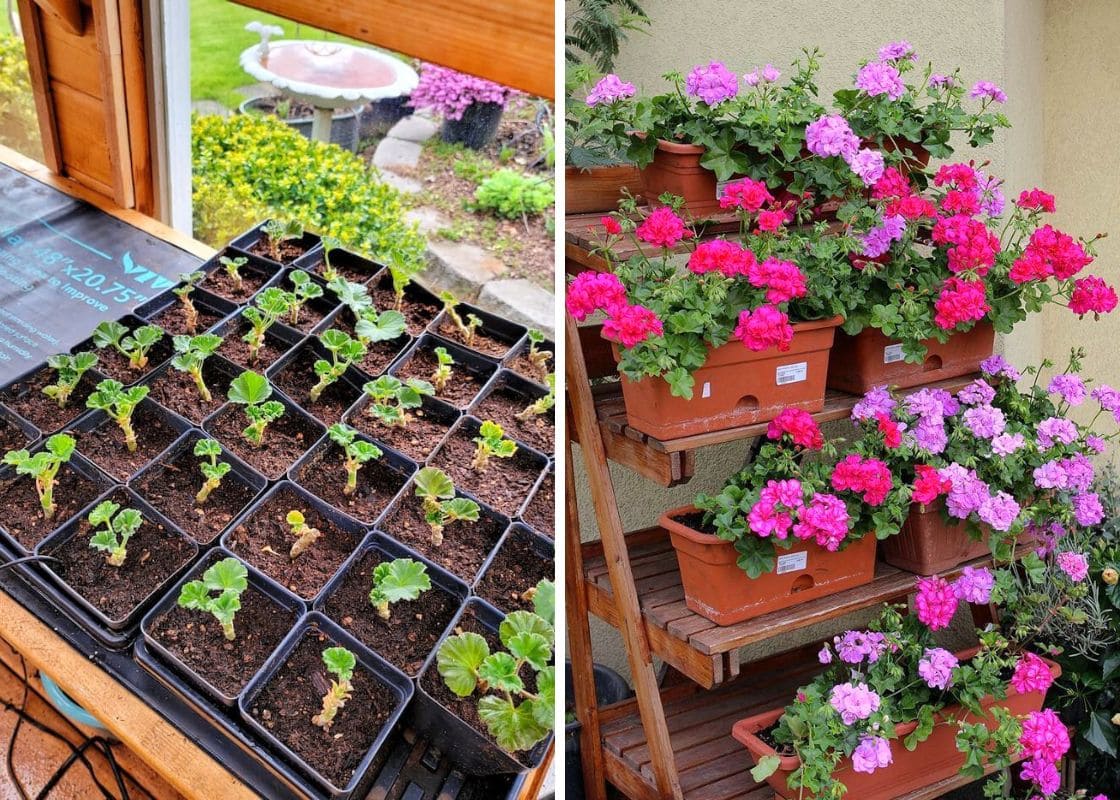Goat heads, also known as puncturevine, are persistent weeds that annually invade gardens and outdoor spaces. Their small, sharp thorns pose a significant nuisance, easily puncturing shoes, bicycle tires, and pet paws. In gardens and paths, these resilient weeds quickly become problematic, diminishing outdoor enjoyment and potentially causing harm to pets.
If you’ve struggled with these plants year after year, trying various ineffective methods to eradicate them, you’re not alone. In the following article, discover proven strategies to effectively eliminate goat heads from your environment.
By understanding their lifecycle and habitat preferences, you’ll gain the knowledge to implement lasting solutions and reclaim your outdoor spaces from these prickly invaders.
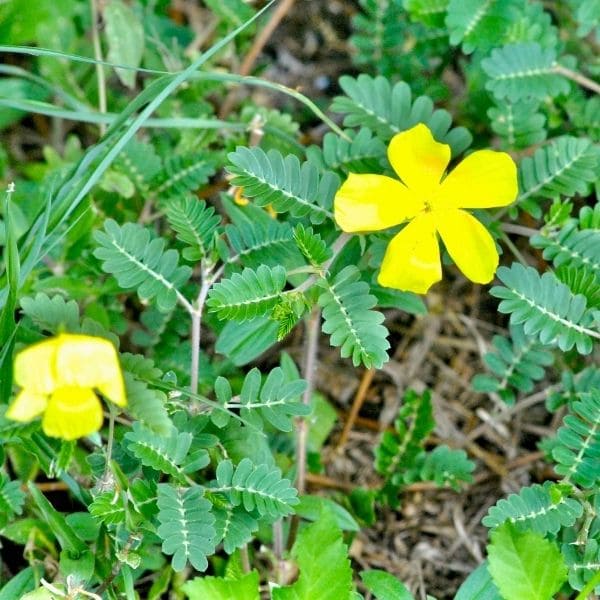
| Scientific Name | Tribulus terrestris |
| Common name | Goat Heads Plant, Puncture Vine, Caltrop, Bullhead |
| Family | Zygophyllaceae |
| Plant Type | Annua |
| Height | Up to 0.5 meters |
| Flower color | Yellow |
| Fruit Type | Bur with sharp spines |
| Habitat | Arid and semi-arid regions |
| Toxicity | Contains toxic compounds harmful to humans and livestock |
| Native | Mediterranean region |
How to Identify Goat Heads
These annual goat heads weeds typically grow close to the ground with prostrate stems and small, fern-like leaflets arranged in pairs.
Goat heads thrive in dry, sandy soils and are commonly found along roadsides, trails, and disturbed areas where they receive full sun.
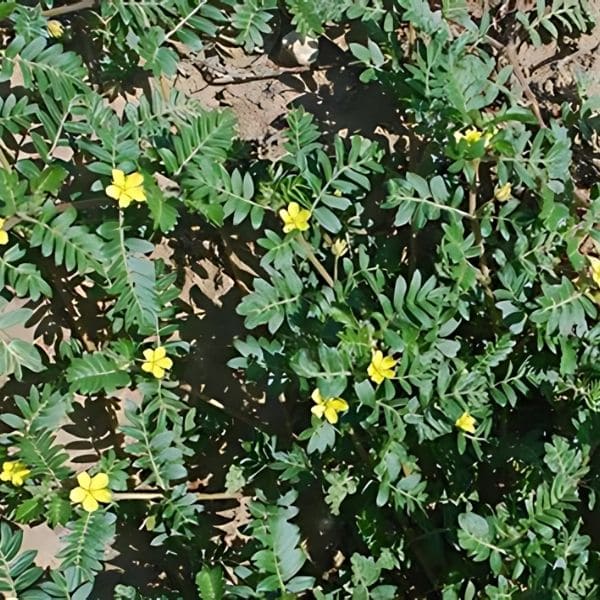
Their seed pods are small, round, and covered in sharp thorns or spikes, resembling miniature goat heads. These pods start green and turn brown as they mature, becoming hard and durable.
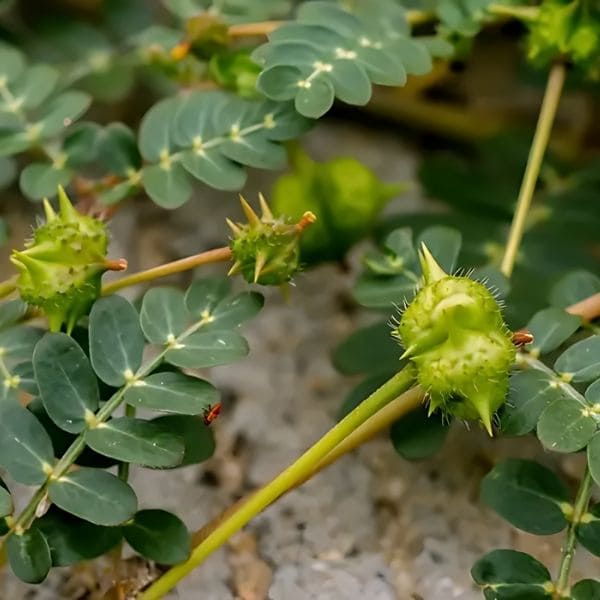
How to Remove Goat Heads
Hand Pulling
Use gloves or a weeding tool to grip the base and extract the entire root system. This method is effective for small infestations, especially when the soil is moist, typically in early summer before seed pods develop.
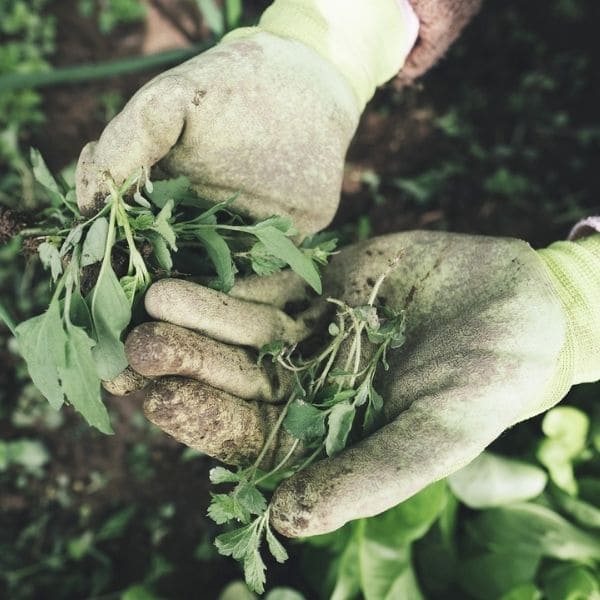
Mowing or Hoeing
Use a lawnmower to cut plants before they produce seeds, ideally in late spring or early summer.
Alternatively, use a hoe to slice weeds at their base, best done on hot, dry days for easier soil turnover and removal. Proper disposal of weeds prevents seed spread.
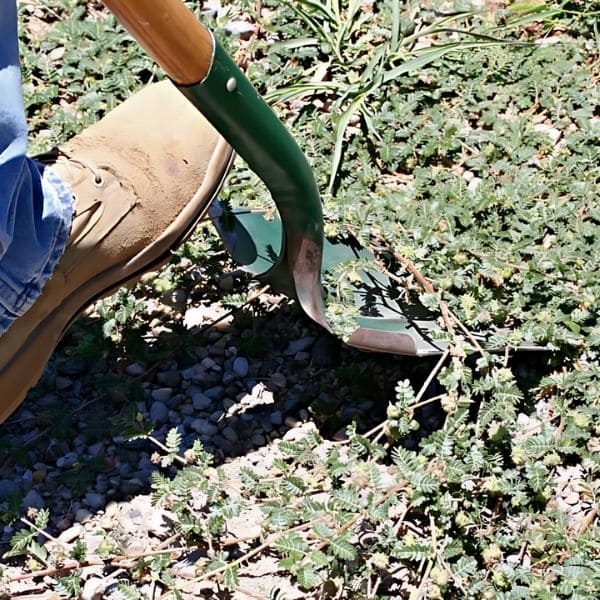
Flamer Use
Employing a flamer is a natural method to eradicate goat head plants. This tool, powered by propane or gasoline, heats and destroys weeds at a cellular level.
Pass the flamer over sprouted weeds, then wait about three hours before removing the charred remains with a spade. Exercise caution to avoid flammable areas in your garden and check local regulations before use.
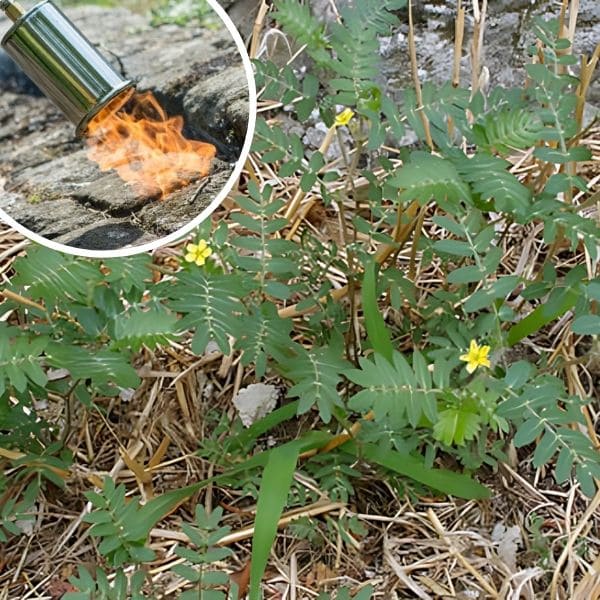
Natural Herbicides
Use chemical-free herbicides like citric acid, household vinegar (5-10% concentration), or garlic-based products directly on mature weeds.
Ensure compliance with local regulations, particularly for stronger horticultural vinegars requiring registration.
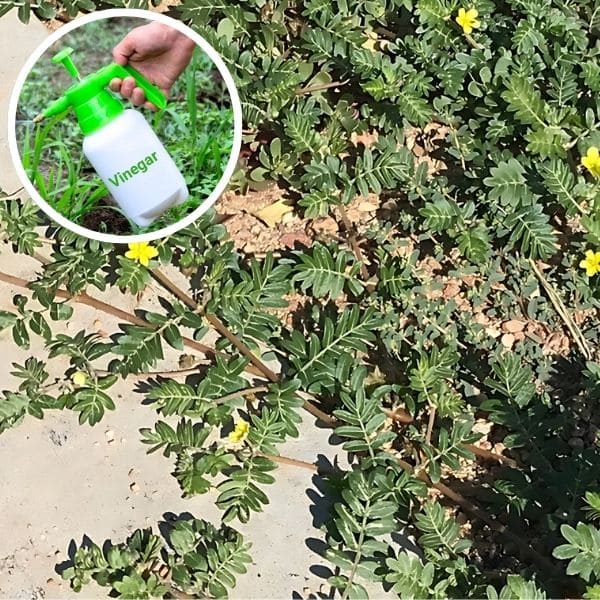
Spray Herbicides
If natural methods prove ineffective, consider chemical herbicides. Choose between pre-emergent (oryzalin, pendimethalin) or post-emergent (glyphosate, 2,4-D, dicamba) types. Apply during the active growing season in spring and summer according to label instructions for best results.
How to Prevent Goat Heads Permanently
Mulch Application
Spread mulch in your garden after removing existing weeds. Use organic materials like straw or wood chips, or synthetic options such as landscape fabric.
Thoroughly cover soil to deprive goat heads of sunlight needed for growth, avoiding application over lawns to prevent harm to grass.
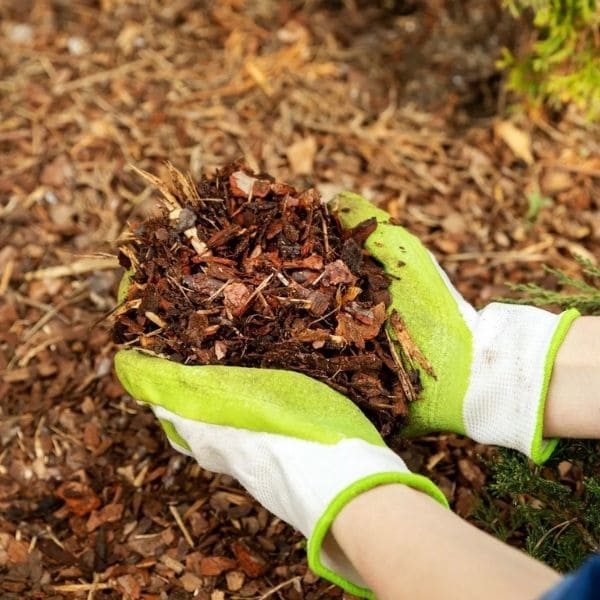
Seed Collection
Gather their seeds using a rake or a piece of carpet. Use a fine-toothed rake to collect the pods or press carpet onto the soil to catch seeds like Velcro.
Dispose of the collected seeds in a sturdy garbage bag to prevent them from germinating. Check clothing, shoes, and tools after gardening to prevent unintentional seed spread.
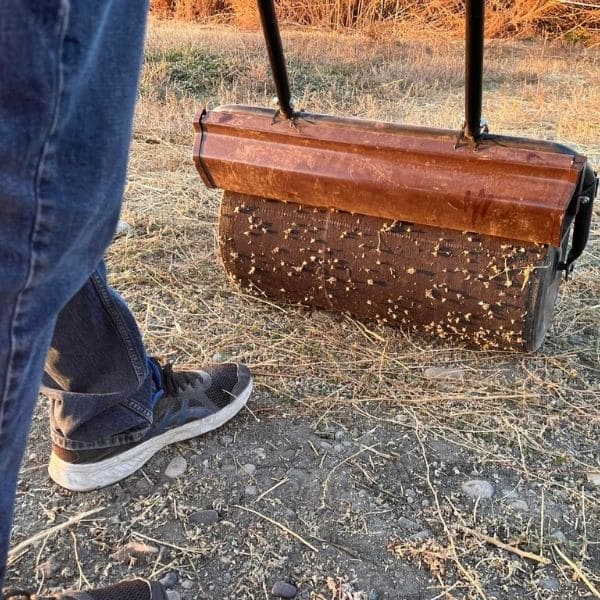
Competitive Planting
Plant competitive ground covers like grasses or clover after weed removal. These plants outcompete goat heads by occupying space and resources, effectively preventing re-infestation and promoting a robust plant community.
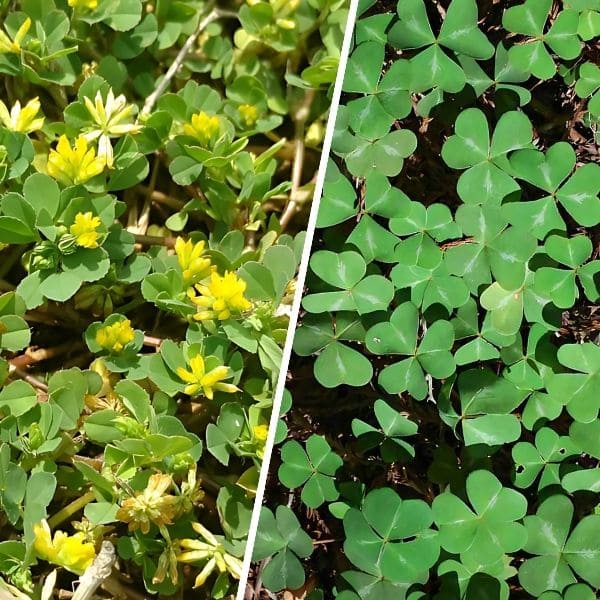
Pre-emergent Herbicide Application
Apply pre-emergent herbicides (oryzalin, benefin, trifluralin) in late winter or mid-spring to prevent goat head seeds from germinating and establishing. Evenly spray across your garden for effective inhibition before seeds become active in the soil.
Introduction of Weevils
Consider introducing weevils such as Microlarinus lareynii and M. lypriformis for long-term goat head control. These weevils naturally consume goat head seed pods, reducing plant reproduction.
Consult biological control suppliers or agricultural authorities before releasing them. Use alongside other strategies for comprehensive management.
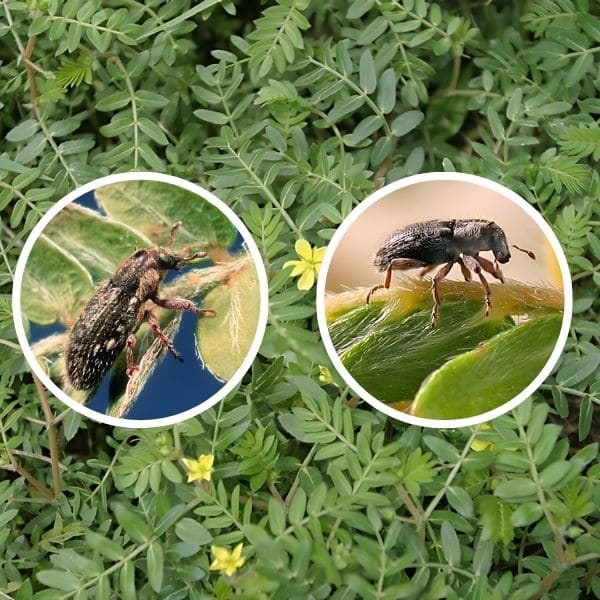
Eliminating goat head plants requires a multifaceted approach tailored to your garden’s needs. Whether through manual removal, natural herbicides, or biological controls, each method contributes to effective management.
Implement preventive measures to maintain long-term control and preserve your garden’s health.
